The Truth Behind Alternative Therapies
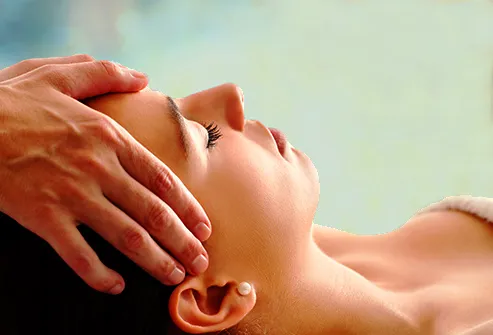
Alternative or Complementary?
More than 30% of U.S. adults use health care that’s outside of mainstream Western medicine. These are often called alternative or complementary. Though they may seem similar, they’re two different approaches: Practices used together with conventional medicine are complementary, and ones used instead of conventional medicine are alternative.
Swipe to advance

2
/
14
Talk to Your Doctor
Your doctor needs to know about all your treatments -- including all herbal remedies and supplements -- even if they seem safe to you. For example, massage may help with your condition, but it can be dangerous if you take certain drugs or have tumors or other health problems. The more information you give your doctor and other health care professionals, the better they can help you -- and keep you safe.
Swipe to advance

3
/
14
What’s Integrative Health Care?
Some health centers take this newer approach to medicine. It’s a holistic look at your health, which means it takes your mental well-being into account as well. The result is treatment that often mixes mainstream and complementary methods. For example, you might take medication and use acupuncture for arthritis.
Swipe to advance

4
/
14
Relaxation Techniques
People who have anxiety, sleep problems, nausea, chronic headaches, or stress-related jaw pain may benefit from these. They include self-hypnosis, progressive relaxation, biofeedback, guided imagery, and deep-breathing exercises. The goal with each one is to start your body's natural relaxation response, which slows your breathing, lowers your blood pressure, and can give you a better sense of well-being.
Swipe to advance
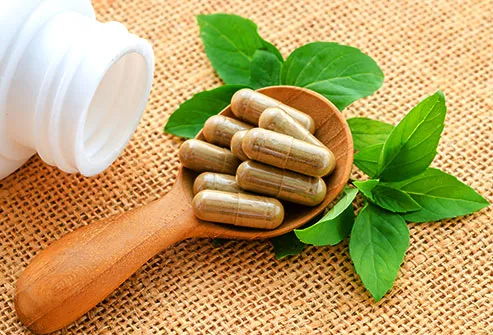
5
/
14
Supplements
These include herbs, vitamins, minerals, and probiotics (to help the “healthy” bacteria in your gut grow). Some can be harmful, especially if you have certain conditions or take them along with other treatments. Unlike mainstream drugs, they aren’t regulated, and no agency checks on the claims they make. Talk with your doctor before taking any supplements, especially if you’re on medication or have health problems.
Swipe to advance
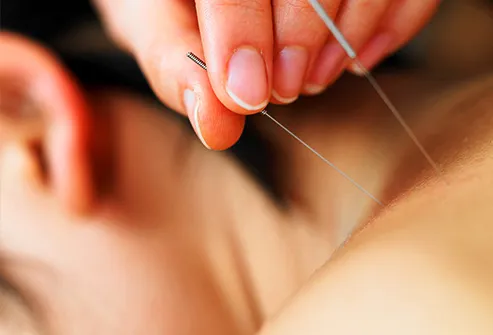
6
/
14
Acupuncture
This typically involves very thin needles put into your skin at specific points on your body. Electrical stimulation can be added to ease tension in your muscles and pressure on your nerves. People use it to manage pain, especially in muscles and joints, but there’s still debate over how -- and how well -- it works.
Swipe to advance

7
/
14
Detox
Short for “detoxification,” this is some combination of diet, supplements, or laxatives meant to “rid the body of toxins.” Certain types of fasting may help with weight loss, cholesterol levels, and heart health, but always talk to your doctor before trying any of them. There’s no evidence these detox processes really cleanse your body of any toxins, and some can cause weakness and fainting and keep you from getting enough nutrients.
Swipe to advance

8
/
14
Cupping
This ancient Chinese practice uses special cups on your skin to create suction and increase blood flow. It gained a lot of mainstream attention when it was used by some athletes at the 2016 Summer Olympics. It’s generally considered safe, and some research suggests it could help chronic neck and back pain. But other studies suggest the benefit may come from a placebo effect -- the belief that the treatment works.
Swipe to advance

9
/
14
Yoga
This ancient Indian practice combines physical poses, breathing techniques, and meditation. Carefully chosen poses may ease pain and help you move better if you have low back pain. Yoga also may help lower your heart rate and blood pressure, and help with anxiety and depression. If you’re pregnant or have high blood pressure or certain kinds of back pain, you may need to change or stay away from some poses. Talk to your doctor before giving it a try.
Swipe to advance
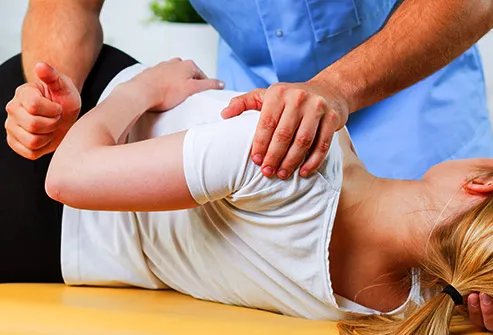
10
/
14
Chiropractic Adjustment
This uses a number of techniques to change the placement of your bones, most often ones in your spine. The idea is to align your body posture to help with pain and make it easier to move. Studies show it can help some people with low back pain or joint problems, and may also ease headaches and neck pain. It’s generally considered safe if it’s done by a properly licensed chiropractor, but it can cause discomfort, headaches, and fatigue.
Swipe to advance

11
/
14
Aromatherapy
This uses essential oils from plants to help your emotional and physical well-being. The oils are most often breathed in or rubbed on your skin. One theory is that it sends chemical messages to the part of your brain that affects moods and emotions. It may help with anxiety and depression and possibly dull some kinds of physical pain, but more research is needed to know.
Swipe to advance
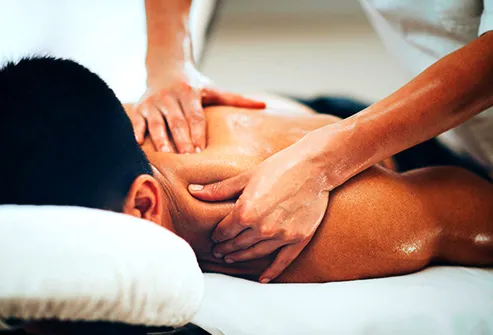
12
/
14
Massage Therapy
Therapists press, rub, squeeze, and push muscles and other soft tissues of your body with their hands, fingers, forearms, elbows, and sometimes even their feet. Many studies show it can ease pain and may help people with headaches, depression, and cancer, but the benefits don't last long. Talk with your doctor before getting a massage if you're pregnant, you bleed easily, have cancer, or take blood thinners. And don’t massage near cuts, damaged skin, or areas with a growth on or under your skin.
Swipe to advance
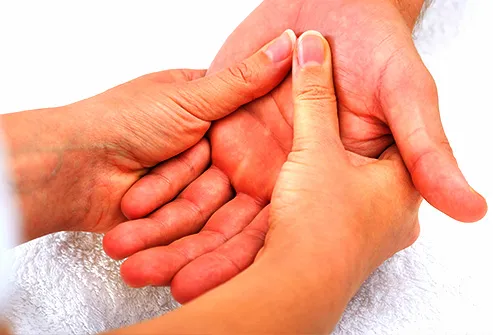
13
/
14
Reflexology
This practice uses pressure points on your hands and feet that are thought to connect to certain organs and other parts of your body. It’s been used to try to treat conditions like back pain, headache, stroke, stress, multiple sclerosis, and even asthma. It’s relatively low-risk, but there’s no strong evidence that the practice helps with any of those.
Swipe to advance
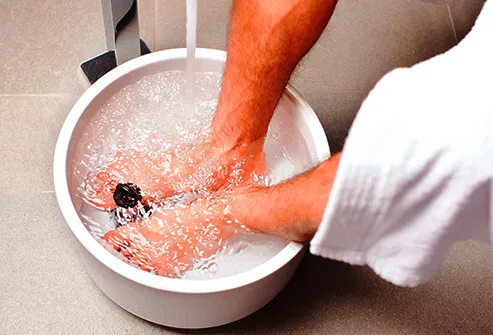
14
/
14
Ionic Foot Bath
In theory, you soak your feet in a specialized machine that makes a custom mix of positive and negative ions (charged atoms) that “draw out” toxins in your body. In practice, it’s harmless -- though sometimes expensive -- but it doesn’t appear to have any real health benefits.
Swipe to advance
- Get link
- X
- Other Apps